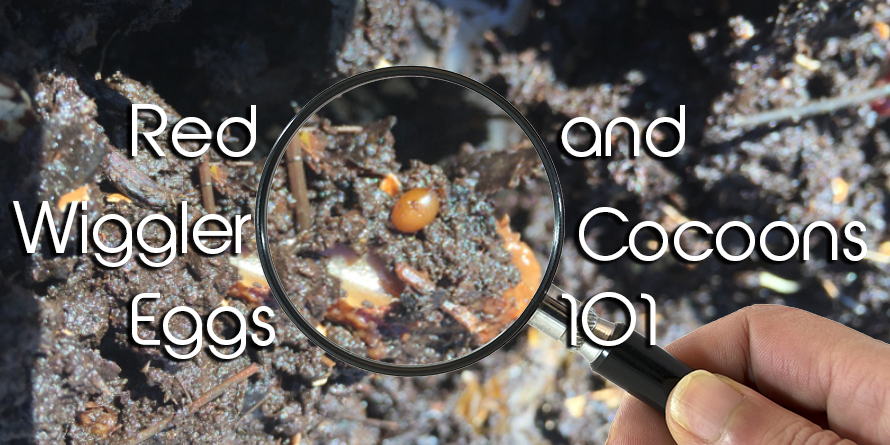Lake Hickory Bait: Providing Fresh Bait for Anglers Across the Region
Lake Hickory Bait: Providing Fresh Bait for Anglers Across the Region
Blog Article
Red Wigglers: The Unsung Heroes of Organic Waste Recycling
Red wigglers, or Eisenia fetida, serve as essential agents in the natural waste reusing procedure, changing discarded products right into valuable vermicompost. As the world significantly seeks services to fight waste buildup and boost agricultural efficiency, recognizing the function of these worms becomes necessary.
What Are Red Wigglers?
The amazing durability of red wigglers, clinically called Eisenia fetida, highlights their crucial role in organic waste recycling. These tiny, reddish-brown earthworms are typically found in decomposing organic matter, such as compost stacks and manure heaps. Lake Hickory Bait. Unlike other earthworm species, red wigglers flourish in nutrient-rich atmospheres and are very efficient at breaking down natural materials, making them crucial for vermicomposting

(Red Wiggler Express)In enhancement to their function in waste decrease, red wigglers add to dirt wellness by enhancing dirt framework and aeration via their delving activities (Lake Hickory Bait). Their existence in composting systems not just improves decay rates but also advertises a sustainable technique to waste monitoring, illustrating their value in eco-friendly conservation efforts
Advantages of Composting With Worms
Composting with worms, especially red wigglers, provides numerous benefits that enhance both waste monitoring and soil wellness. Initially, these worms successfully break down natural waste, converting it right into nutrient-rich vermicompost that improves dirt. This process speeds up decomposition, enabling for a much faster recycling of kitchen scraps and other organic materials contrasted to standard composting approaches.
Additionally, the vermicompost created by red wigglers is including helpful microorganisms, which aid improve soil structure, oygenation, and moisture retention. This boosts the total health and wellness of plants, advertising strenuous growth and enhanced yields in gardens and agricultural setups. The use of worms in composting reduces the manufacturing of greenhouse gases, such as methane, adding to an extra lasting waste management system.

How to Begin Vermicomposting
Establishing a vermicomposting system is an uncomplicated procedure that Clicking Here can generate substantial benefits for both waste administration and soil enrichment. To start, select an appropriate container, such as a plastic bin or wood box, with sufficient ventilation openings to make sure correct air flow. The dimensions should preferably be around 2 feet by 3 feet, allowing enough space for the worms to flourish.
Next, prepare bed linens product, which can contain shredded paper, cardboard, or coconut coir. This bedding must be moistened to develop an appropriate environment for the worms. As soon as the bed linen remains in location, introduce red wigglers (Eisenia fetida) right into the container, generally around one extra pound of worms for every square foot of area.
Complying with the positioning of worms, add natural waste, such as fruit and vegetable scraps, coffee grounds, and smashed eggshells. Avoid adding dairy, meat, or oils, as these can create odors and draw in insects. Ultimately, position the bin in a shaded, temperature-controlled location to preserve ideal problems for worm activity. With these actions, you will properly start a vermicomposting system that adds to sustainable waste monitoring and improves your dirt.
Preserving a Healthy And Balanced Worm Container
(Red Wiggler Express)Keeping a worm bin thriving needs normal focus and treatment to make certain the health and wellness of the red wigglers and the efficiency of the composting process. Correct maintenance begins with checking the dampness levels; the bin should perspire yet not waterlogged. An excellent rule of thumb is to maintain a consistency comparable to a wrung-out sponge.
Gently blending the bed linen and food scraps every couple of weeks prevents compaction and makes certain that all worms have accessibility to oxygen. In addition, it is important to feed the worms properly.
If the bin comes to be also hot or chilly, the worms may come to be stressed out. By diligently taking care of these factors, one can preserve a durable and effective worm container.
Influence On Lasting Living
The successful maintenance of a worm container not only benefits the health and wellness of red wigglers however also adds considerably to sustainable living methods. By reusing organic waste, such as cooking area scraps and yard particles, red wigglers help draw away significant amounts of material from landfills. This reduction in waste not just decreases greenhouse gas emissions yet likewise minimizes the environmental burden connected with waste monitoring.
Furthermore, the castings produced by red wigglers function as a nutrient-rich organic plant food, enhancing soil health and promoting plant development. This natural choice to chemical fertilizers supports lasting agriculture and horticulture techniques, decreasing reliance on artificial inputs that can damage environments. Additionally, worm composting promotes recognition of waste management, urging individuals and neighborhoods to adopt more lasting practices.

Final Thought
In recap, red wigglers serve as important factors to natural waste recycling with their effective decay of organic products. By incorporating vermicomposting right into waste administration approaches, people and communities can considerably decrease waste while advertising ecological sustainability.
Report this page